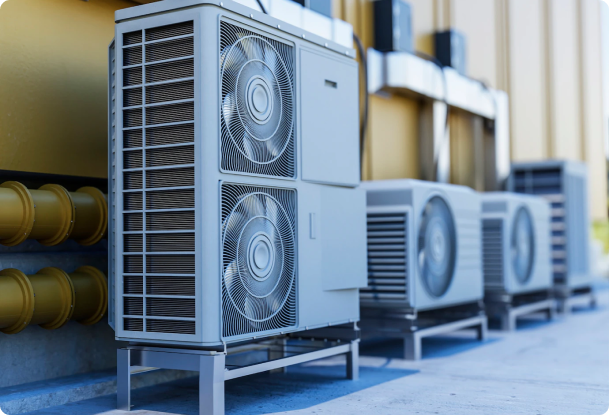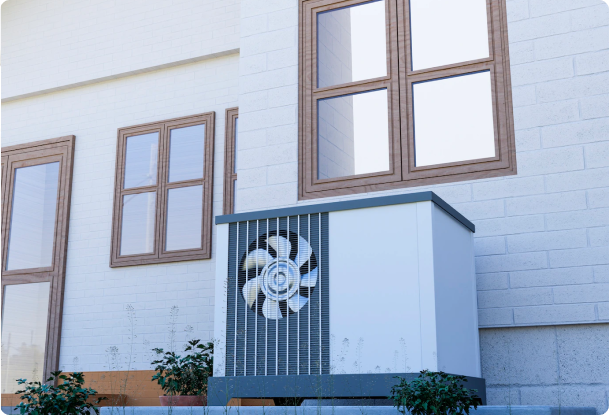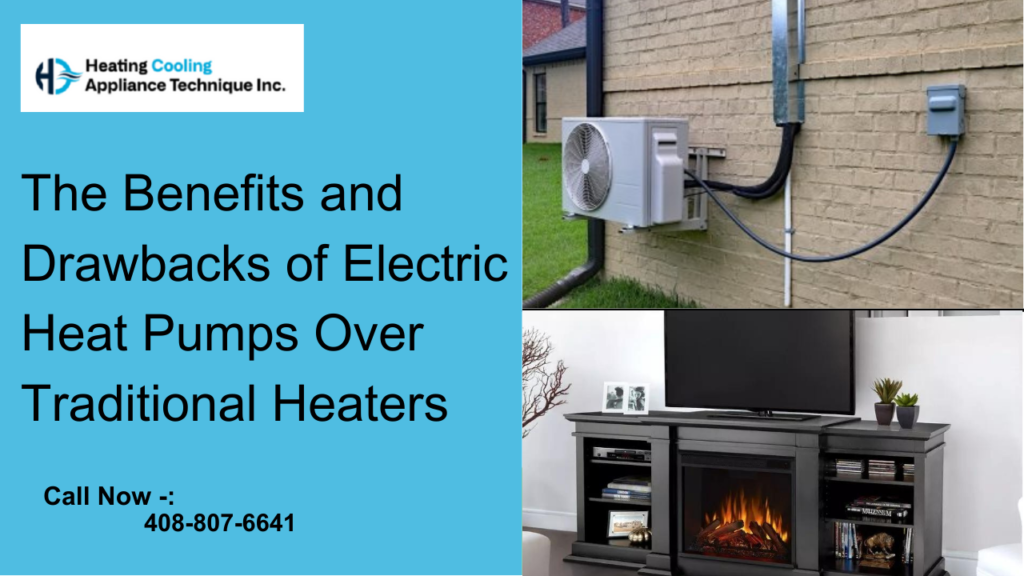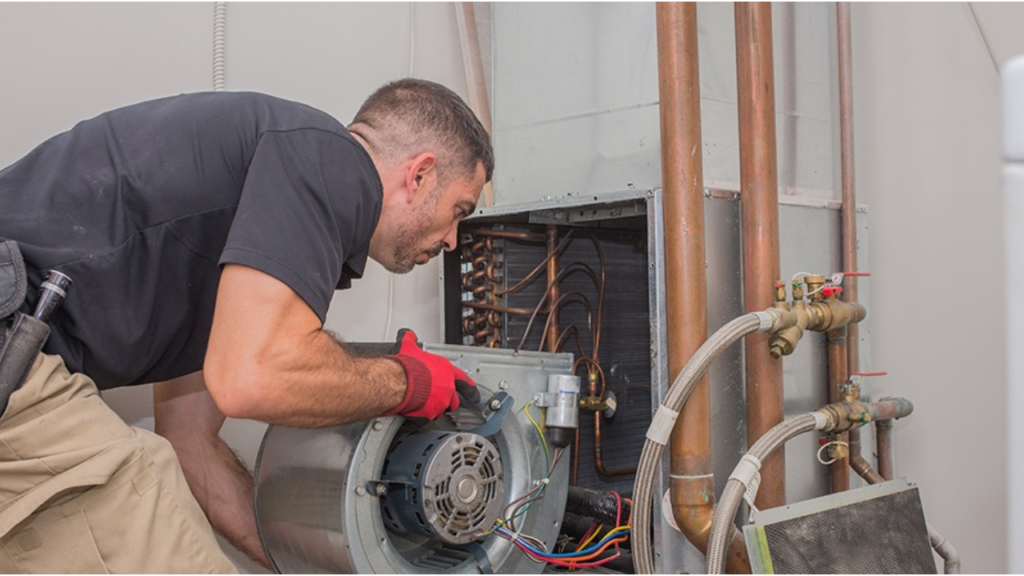In the winter, Heat Pump Installation Services are a terrific method to keep your house warm. In any season, they can provide you with the ideal amount of heat at the ideal temperature. An alternate system for heating, cooling, and ventilation is the heat pump. It requires more energy for on-site thermal energy recovery than traditional heating and cooling systems, making it more efficient than such systems.
A heat pump uses electricity to move this refrigerant around inside your home. Heat pumps work by transferring heat from one place to another through mechanical devices called fans. These fans circulate air through coils that absorb heat from one side of the coil and release it on the other side so that it can be used for heating or cooling inside of your home.
In addition to heating and cooling your entire house, heat pumps can also be used for heating water on demand or charging batteries during power outages when you don’t have grid power available at home.
However, even the most affordable heat pumps available aren’t able to heat a large area by themselves. That is why supplementing heat comes in handy. In this post, we will cover how to increase heat pump efficiency during the winter and what installation advice you should be aware of before setting up a home heating system.
How it Works
A heat pump is a device that uses the temperature difference between two objects to transfer heat energy. It is a very efficient way to heat or cool space because it can use the temperature difference between indoors and outdoors.
In a HAVC system, a heat pump is used to help maintain comfortable temperatures in the winter. The system uses heat pumps that are placed in direct contact with the floor and walls of the building. When these systems are installed, they will typically be connected to an air handler unit, which can distribute air throughout your home.
The air handler unit uses an electric motor and fan to distribute heated or cooled air throughout your home. In addition, it can control humidity levels by opening or closing dampers on vents within your HVAC system.
There are many types of heat pumps available today: some models use electricity as their primary source of power while others run on natural gas or propane fuel tanks for backup power during colder months when electricity isn’t available nor safe for use inside your home/business building (which could lead to electrocution).
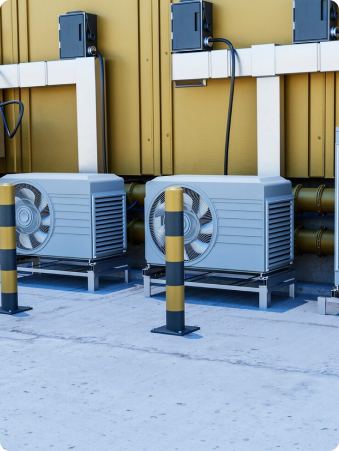
There Are Several Things You Can Do to Make Your Heat Pump More Efficient in the Winter.
Heat pumps are great for your home during the summer, but do you know what to expect in the winter? If you own a heat pump, it’s important to know how to maximize your heat pump’s performance this season. Here are 10 ways you can maximize your heat pump and get more out of it.
1. Insulate your attic to prevent the escape of cold air and moisture from the interior of your home, which could freeze on exposed surfaces like windows and doors in the event of a cold climate (or even just from condensation on wooden furniture). When compared to homes with no insulation, attics, crawlspaces, basements, and garages with insulation will use less energy because there will be fewer places where warm air can exit and cool air can enter over a few days.
2. Install radiant heat tape under floors near window sills or other places where heat loss occurs due to temperature differences between indoors and outdoors (e.g., along a wall between rooms). This method works best for small spaces like bathrooms or kitchenettes.
3. Be sure to clean out condensation from any vents in windows or walls near the unit, especially if they’re under a roof or somewhere there’s not much airflow naturally. Clean out any debris from around your pipes and vents regularly. Make sure that your heater has enough air flow and that it’s not blocked by furniture or other items in your home.
4. Turn off the thermostat when you’re away from home and leave the system unplugged until you get back.
5. Keep your thermostat set at 65 degrees Fahrenheit during the day and 65 degrees at night so you don’t have too much heat during the day or too little of it at night when everyone else needs it most. (But don’t go crazy—you don’t want to boil yourself alive!)
6. Keep your house insulated during cold weather by using spray foam insulation or adding blankets to keep warm air inside instead of letting outside air into the house with doors open or windows cracked open.
7. Add an energy monitor to keep an eye on how much energy your system is consuming during different seasons of the year.
8. Keep your heat pump’s heating and cooling systems properly tuned. This will help maximize the efficiency of the system, allowing you to use less electricity overall.
9. Avoid excessively cold temperatures in your home during the winter months. The colder it is outside, the more energy your heat pump will use to keep up with demand.
10. Have a professional inspect it both before and after the season. Filters should be changed frequently to prevent clogging from salt buildup.

